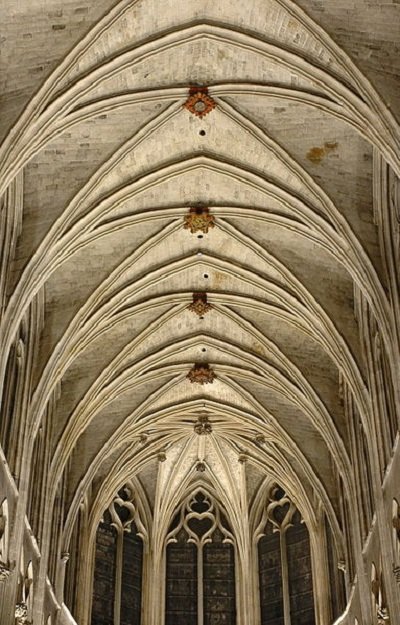Evolution of Structural Systems in Postmodernism
Before 20th century, there were three great developments in structural systems.
Bulk Active structure is classified as followed:
- Post and lintel
- Arch system
Dome and vault construction (either in the form of bulk, employing plastic materials i.e. concrete, hardening into a homogeneous mass or the thrust type, in which the loads are received and counterbalanced at definite points; steel-glass skeleton system.


After World War II, the analysis of building types provides information behind each of the greater styles. This can easily be understood that it was not merely a trend, but a period of serious and required experimentation directed toward answering the needs of a specific way of life. In the era, most of the construction work was dominated by sustainable building design, construction and using materials in ways that minimize toxic production methods and in using natural sunlight for energy and natural air movement and water for cooling, climate, methods of labour, available materials, and economy of means thus impose their dictates.
In this way, the effort was done to reduce the impact of such construction on public resources as these will be limited and the total social and economic cost can be minimized.
In the 20th century, main characteristics of buildings were free form undulating surfaces with the use of reinforced cement concrete, development of geodesic dome, stresses skin (lightweight material, reinforced) structures and fast technological development for the provision of building services.

The development of this era can be visualized by looking at the brief of Montreal International Exposition (1967). It mainly included:
Monumental geodesic dome of interlocking metal parts that served as the American Pavilion and were designed by American inventor Buckminster Fuller.
Prefabricated housing project of stacked concrete modules, known as Habitat 67, designed by Israeli-born Moshe Safdie.
A tentlike German Pavilion covered in fabric.
The Toronto Dominion Centre (1964-1968), a glass walled skyscraper designed by German-born American architect Mies Van der Rohe. Commerce Court (1968-1972), a high rise office building designed by the American firm I. M. Pei and Associates.
very useful of guide line
Sir/madam
Pls give the brief note on different types of slab and is arrangement of reinforcement
specailly for cooling slab and its arrangement of reinforcement explain in brief